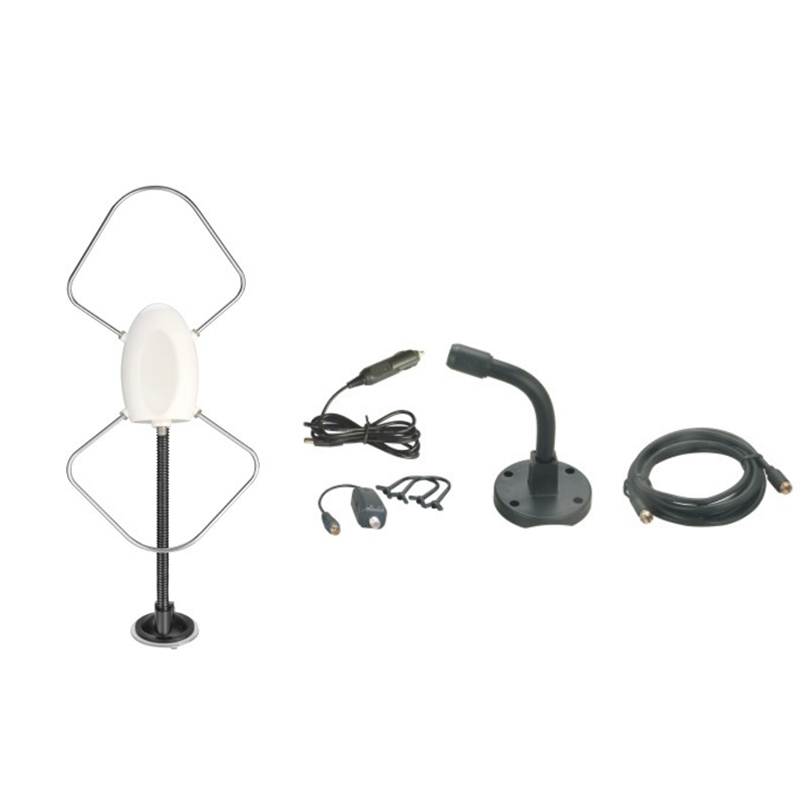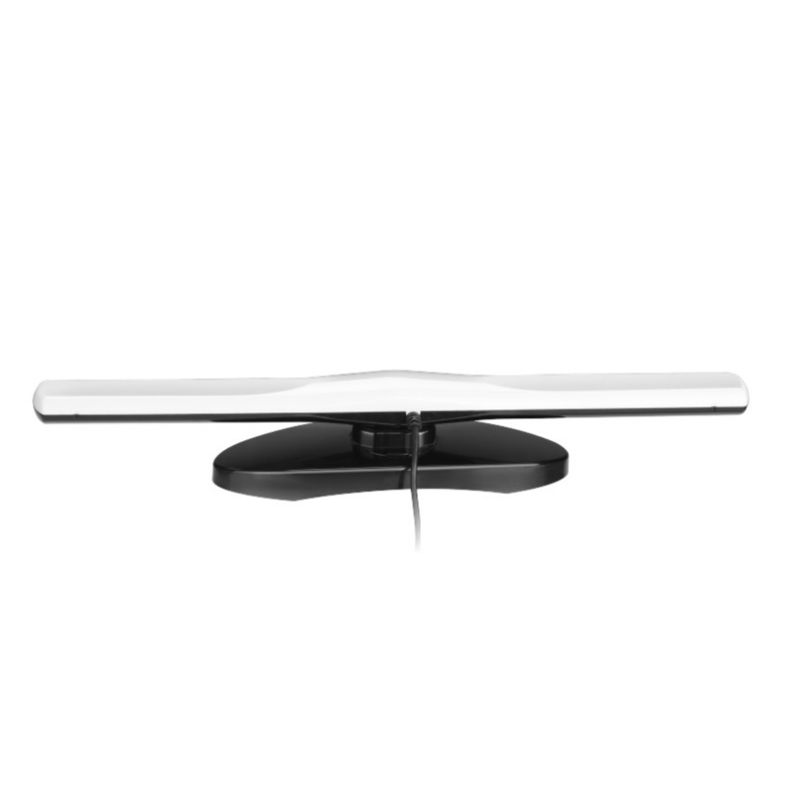Frequency range: 26.5- 28MHz SWR: ≤1.2:1 Max. power: 35W continuous 250W Short time Bandwidth at S.W.R. 2:1: 1900KHz Impedance: 50ohm Whip length: 1200mm Adjustment: 0~90° Cable Length: RG58/157" Po...
See DetailsHow to use intelligent algorithms to optimize the design of CB Antenna to meet the needs of different application scenarios?
In the field of wireless communication, CB Antenna plays a vital role. To meet the diverse requirements of different application scenarios, the utilization of intelligent algorithms for optimization design is becoming increasingly crucial.
The first step in optimization is the accurate modeling of the CB Antenna. Through advanced electromagnetic simulation software, a detailed model of the antenna's structure, including its size, shape, and material properties, is established. This model serves as the basis for subsequent algorithmic optimization. For example, using finite element method (FEM) simulations, the electromagnetic field distribution around the antenna can be precisely analyzed, providing valuable insights into its performance characteristics.
Intelligent algorithms such as genetic algorithms (GA) and particle swarm optimization (PSO) are then employed. These algorithms work by iteratively adjusting the parameters of the antenna model to search for the optimal design. For instance, in a GA-based optimization, a population of potential antenna designs is generated, each represented by a set of genes encoding the antenna's parameters. The fitness of each individual design is evaluated based on specific performance metrics such as gain, bandwidth, and radiation pattern. Through operations like selection, crossover, and mutation, the population evolves over generations, gradually approaching the optimal solution.
In different application scenarios, the optimization goals vary. In a long-distance communication scenario, the focus may be on maximizing the antenna's gain to enhance signal strength over long ranges. The intelligent algorithm will adjust the antenna's dimensions, such as the length of the radiating elements and the spacing between them, to achieve the highest possible gain. In a multi-path interference-prone urban environment, the optimization may target a more uniform radiation pattern to reduce the impact of signal reflections. The algorithm will manipulate the antenna's shape and orientation to achieve better signal coverage and less interference.
Furthermore, the optimization process also takes into account manufacturing constraints. The designed antenna must be feasible to manufacture with existing technologies and within reasonable cost limits. The intelligent algorithm can balance performance and manufacturability, ensuring that the optimized antenna design can be mass-produced without significant difficulties.

 English
English Español
Español













Contact Us